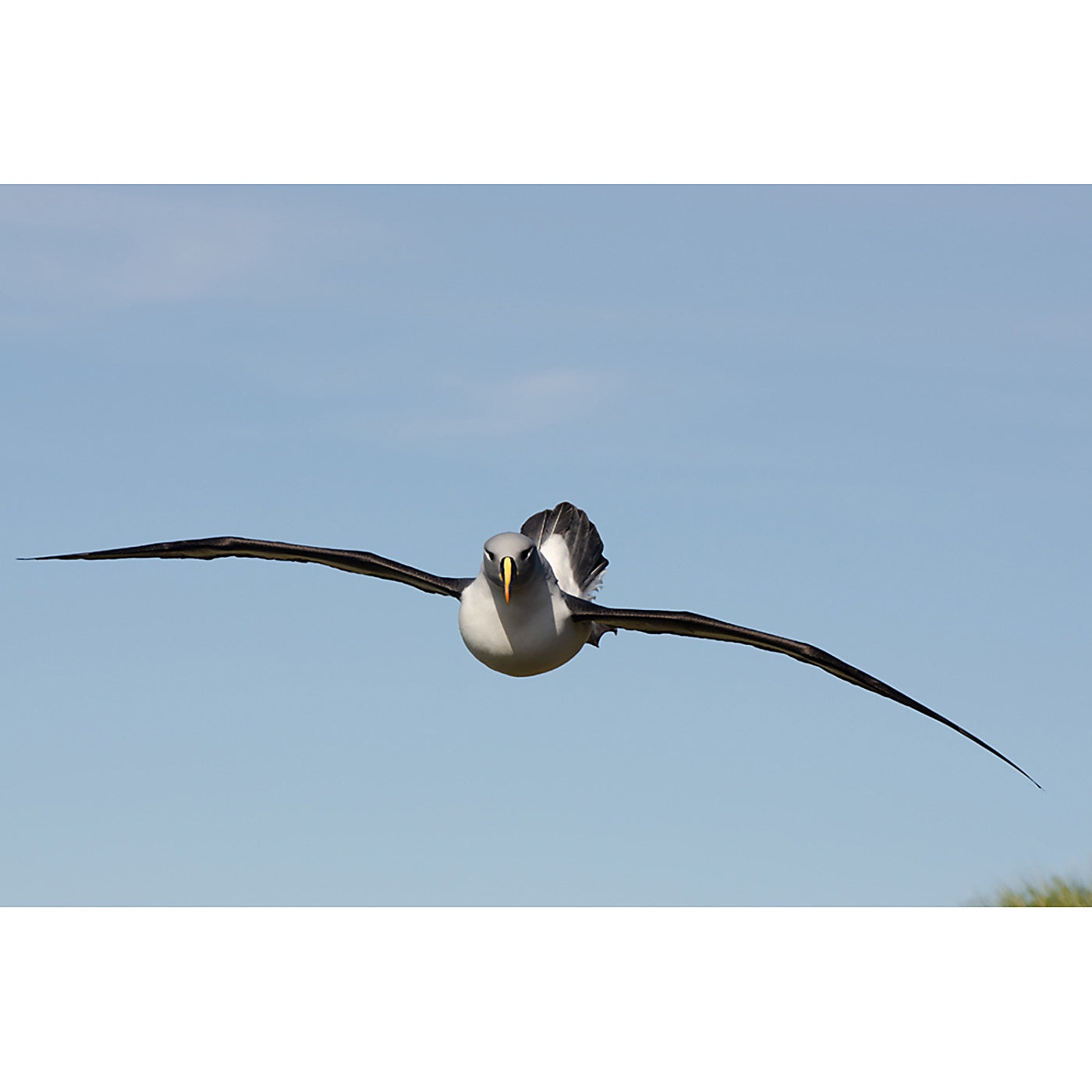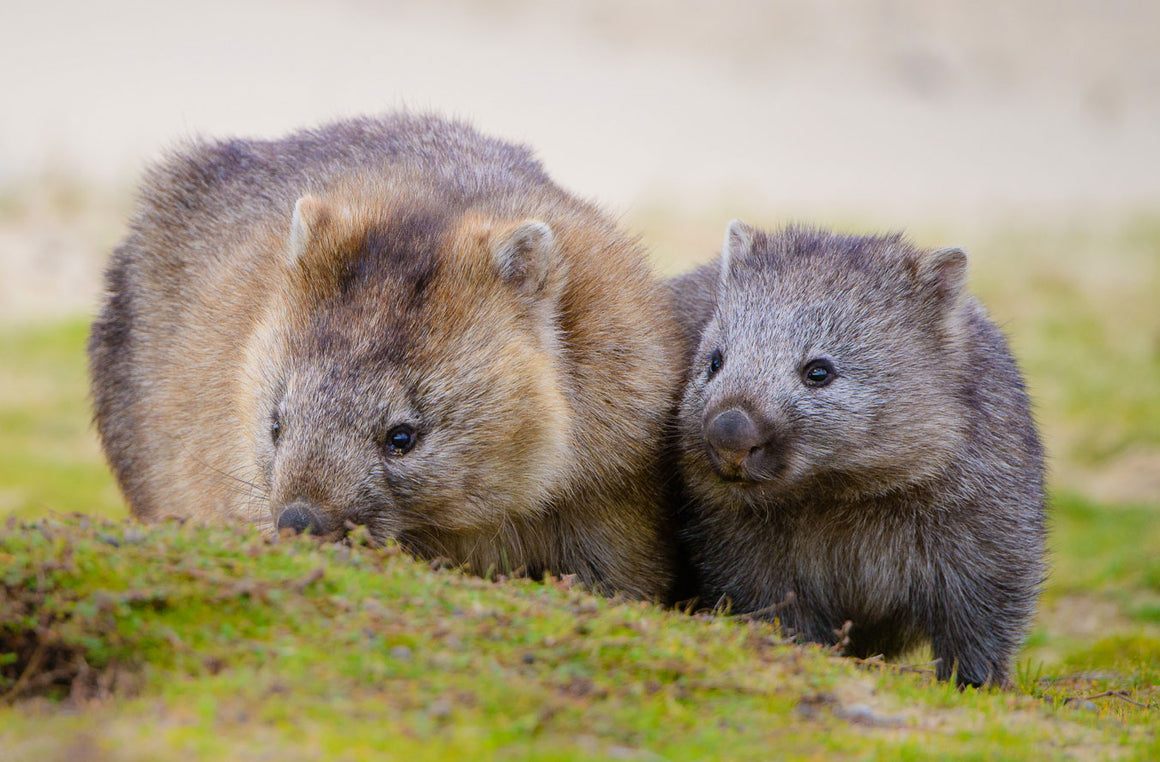Graham Robertson - Flight Feathers
$160.00
Flight Feathers
Graham Robertson
It is said that albatrosses are the birds that make the wind blow. Sounds reasonable, they’re transglobal travellers, masters of effortless, soaring, flight. But there’s a flipside to flight mode. The wind that helps them fly vast distance over the open ocean can sometimes lead to their demise. In late afternoon, when partner birds return to their nests, the skies over colonies can be laden with albatrosses flying at great speed seemingly in random directions, each seeking the optimal flight path to its nest. Avoiding other flyers is paramount. I once witnessed a mid-air collision between a Grey-headed Albatross and Black-browed Albatross that left the former with a broken long bone in a wing (the bird died). Landing can be hazardous as well. Repeated fly-bys – practice runs – minimise the chances of crashing into the ground or tumbling into a neighbour’s nest. The Grey-headed Albatross in the photograph is on the last of many fly-bys and has committed to landing. It’s flying very fast, the trajectory’s sorted and it is time to reduce speed and height for a safe touch-down. Strategies for this include erecting and fanning the tail to create drag, as can be seen in the photograph. Subsequent behaviours, enacted in quick succession, include extending the neck and head upwards (to increase drag), contracting the wings (to reduce lift), lowering the leading edges of the wings (creates downward force), and lowering the legs and fanning the webbing of their feet – again to create drag. Photo taken near Elsehul, South Georgia.
The Wildlife of South Georgia Island
Graham Robertson is internationally acclaimed research scientist and an accomplished wildlife photographer. He has visited South Georgia Island on a number of occasions throughout his career. Graham’s great passion is the Albatross, and his images of these and other extraordinary creatures of South Georgia Island reflect his life long efforts to conserve these wonders of nature.
Graham spent the first 14 years of his career with the NSW National Parks and Wildlife Service working as a plant ecologist in western NSW. A bushwalking trip to Tasmania in the early 1980s resulted by chance in a trip to Albatross Island (Bass Strait), which proved to be a career changing experience. Research trips to Macquarie Island and other seabird breeding sites around the world followed to acquire experience, which in 1988 led to his appointment by the Australian Antarctic Division as overwintering biologist to Mawson station to study emperor penguins.
By the time of his return from Antarctica the impact of longline fisheries on global albatross populations had gained international attention. That provided an opportunity for Graham to work at the interface between primary industry (fisheries) and conservation biology, in an attempt to modify the entrenched behaviours and practices of longline fishing industries to reduce their impacts on seabirds. From 1995 until his retirement from the Antarctic Division in 2014 his research included studies of albatross-fisheries interactions and, especially, the development of seabird-friendly fishing gears and practices for various longline fisheries around the world.
In 2004 he was awarded a Fellowship in Marine Conservation by the Pew Charitable Trusts (USA) for research on the Spanish system of longline fishing for Patagonian toothfish. He is the recipient of two Australian Antarctic medals, the first (in 1989) for overwintering studies of emperor penguins and the second (2012) for contributions to seabird conservation in fisheries.
The photographs in this exhibition were taken on two trips to South Georgia, the first a research trip and the second a private trip made specifically to capture the courtship dance of the wandering albatross, one of the most iconic seabirds in the world. The intention was to use the photographs of wanderers in full display to attract the attention of the general public to the threats posed by industrial fisheries to seabird conservation in general. This exhibition will be the first time that Graham has displayed these images in a public exhibition.
Please note; Prints are made to order. Please allow 10-15 business days for your delivery.


